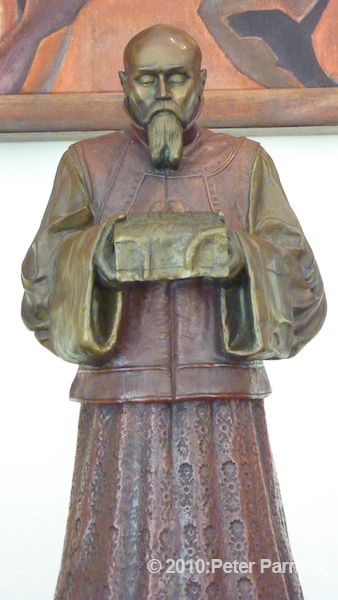
Dark Horse Archives
Full Color, Hardcover, 216 Pages
Release Date: June 6, 2012
List Price:$49.99
What a treat and it’s not even Halloween. On June 5, 2012 Dark Horse Comics will add the first volume of reprints of American Comics Group’s Adventures Into the Unknown to its long list of awesome archive editions. This full color hardcover tome will offer up the first four issues of this before – the – comics – code title that predates the earliest E.C. ventures in horror. Geez, it even predate me!
Let’s Get Corrupted…
Writer/Artist Bruce Jones’ in-depth foreword (“Under Forbidden Covers”) sets the stage for those unaware of the historical beginnings and unfortunate ending of the horror and crime comics genres. Adventures Into The Unknown shrewdly survived the reactionary social speculations of Dr. Fredric Wertham’s Seduction of the Innocent and the ensuing comics code for an unbroken 174 issue run. The tales offered in Volume 1 come from a time (1948-49) when you could blissfully enjoy a creepy tale rendered in lurid detail without being labeled a “commie”, a pervert, or run the risk of being issued a legendary “JD” (juvenile delinquent) card.
Each issue is replete with several graphic stories, a text piece, a “True Ghosts of History” strip. The “Strange Spirits” page gives capsule commentary on the “many terrifying beliefs in all parts of the world” including Voodoo and Celtic Superstitions. Issues 1 & 2 introduce a recurring villain, the seemingly unstoppable “Living Ghost.” His scary countenance is not unlike the creature in director Eddie Romero’s 1970’s Filipino “Blood Island” film series with his missing proboscis and long pin-like fangs.
Gothic Ground Zero…
A unique treat in issue 1 is the graphic novelization of Horace Walpole’s The Castle of Otranto. Broadly influential in its time and beyond the 1764 “first” gothic novel presupposes Poe, Stoker, du Maurier and others to follow. It’s a story examined more for its influence then its quality by H. P. Lovecraft in his 1927 treatise on gothicism “Supernatural Horror in Literature.” Panel for panel the art could pass as storyboards for Roger Corman’s Edgar Allan Poe adaptations, while the saturated color palette is reminiscent of Mario Bava’s set design.

Who Dunnit…
In their original printing the stories and most artwork is uncredited but Darkhorse gives us the creator’s identities. Edvard Moritz, Fred Guardineer and Al Feldstein are among them. There’s a great Leonard Starr (On Stage) story in issue number 4 that has the feel of a AlfredHitchcock/Daphne du Maurier collaboration.
What? No X-Ray Specs!
Advertisements are lovingly reproduced exhorting readers to learn to play piano in one day or harmonica in 15 minutes, in the midst of brilliantly cheesy novelty classics like the “dribble glass”, “squirt ring” and “joy buzzer”.
SkeletonPete Says…
Though low on the “grue-meter” the strips offer enough depictions of supernatural creatures, spectral and skeletal presences to keep the fantasy fan entertained. Overall, Adventures Into The Unknown: Volume 1 is a fun taste of Golden Age horror that whets the appetite for more and fits in perfectly with Dark Horse’s Creepy, Eerie, and Boris Karloff’s Thriller archives.






























